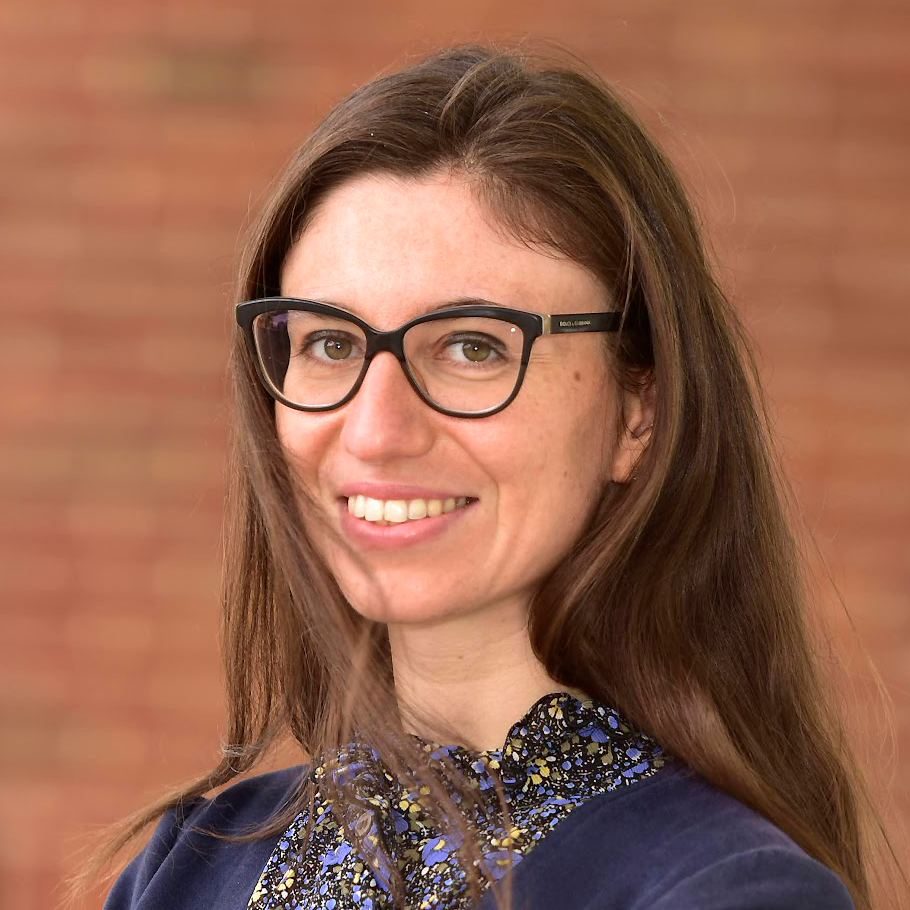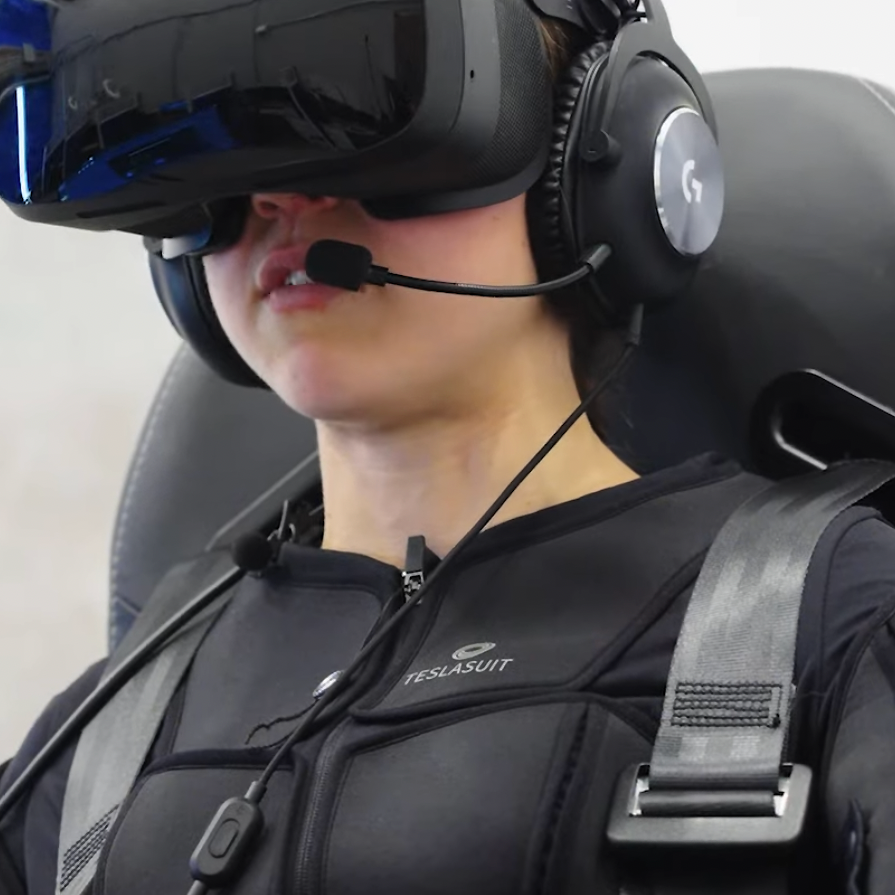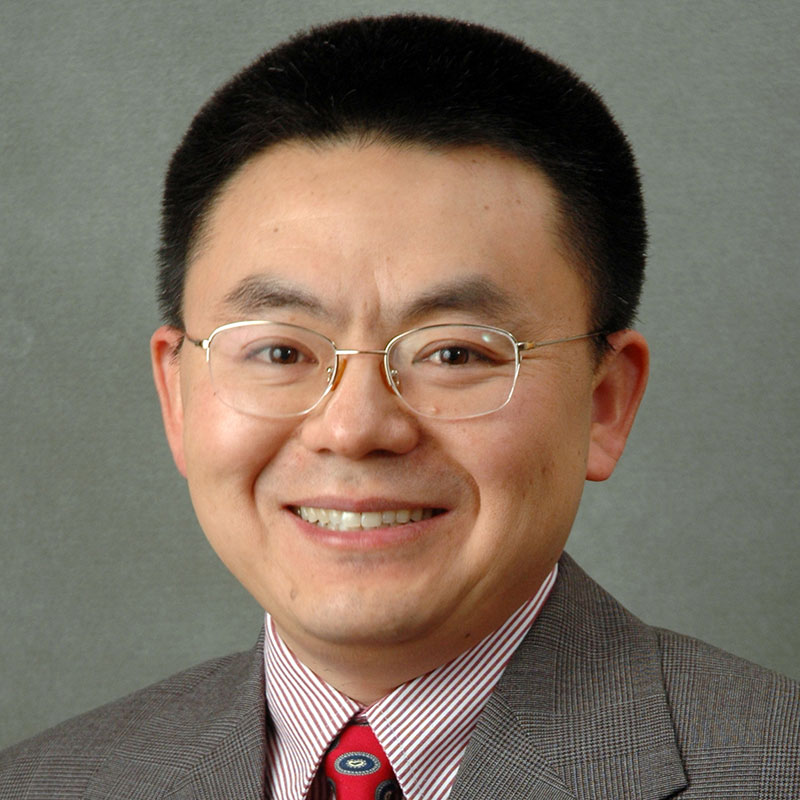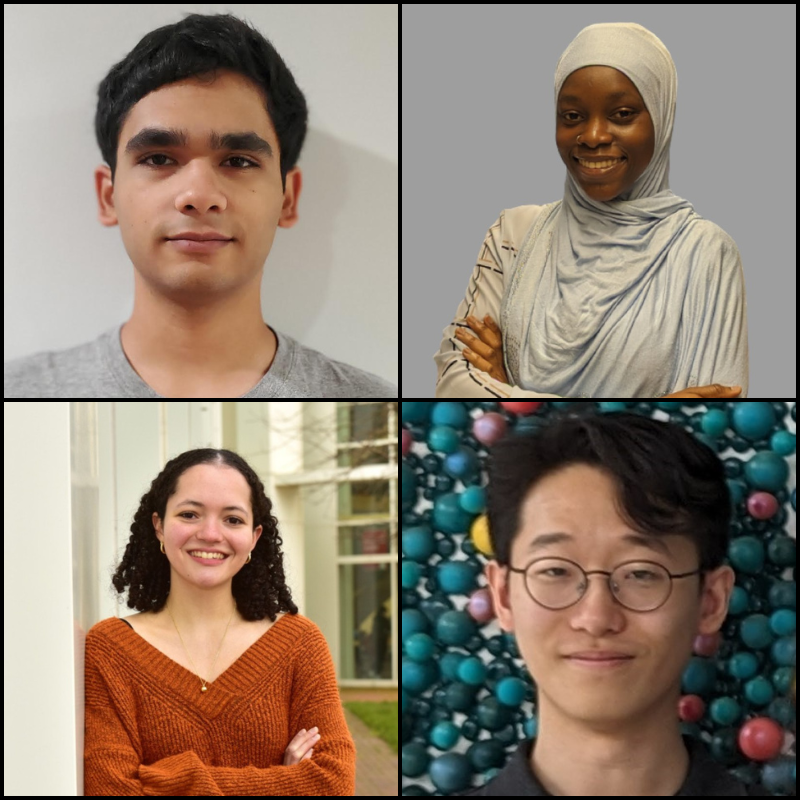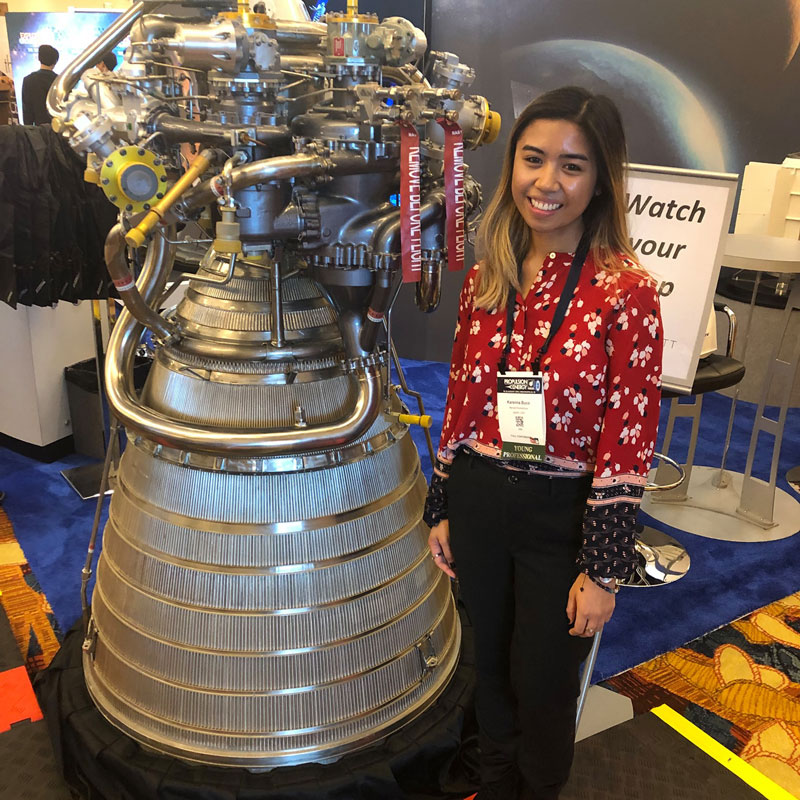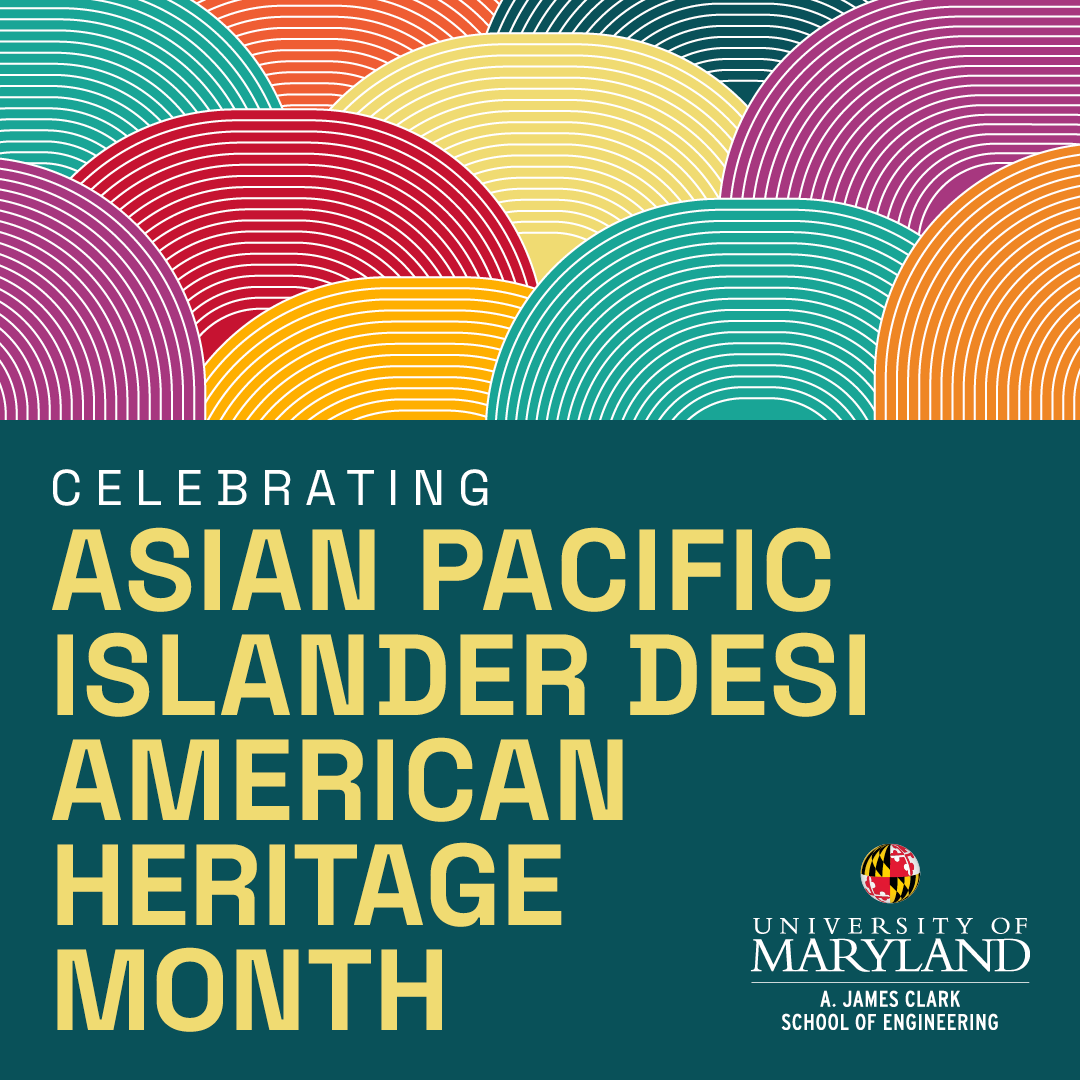News Story
Clark School Wraps 1st Phase of Community College Faculty Program

Left to right: Ms. Bekki Zeigler (Prince Georges Community College), Dr. Marjorie Rawhouser (Anne Arundel Community College [ACC]), Dr. Vedham Karpakakunjaram (Montgomery Community College [MCC]), Dr. Charles Kung (MCC), Dr. Gabriel Ayine (Howard Community College [HCC]), Mr. Jay Benson (ACC), Mr. Mark Edelen (HCC), and Dr. Isabel Lloyd, (Department of Materials Science and Engineering, UMD). In front: Fary Sami (Harford Community College).
The Research Experiences for Teachers (RET) program, called "Connecting with Community Colleges," is unique in that it serves faculty from associate degree-granting programs. RETs typically draw their participants from middle schools and high schools.
Department of Materials Science and Engineering associate professor Isabel Lloyd is leading the three-year, NSF-funded program with co-PI Dr. Leigh Abts, the Clark School's director of STEM education.
The inaugural participants attended a six-week, interdisciplinary summer program in which they conducted research with Clark School faculty and discussed ways to bring new technological concepts into their existing courses. They also attended seminars on curriculum development; lectures on topics including ethics, entrepreneurship, intellectual property, and informed discovery; and round-table discussions with Clark School faculty and staff about promoting interest in STEM majors and ensuring a smooth transition for those who transfer from community colleges to the university.
At the end of the summer program, each participant presented the results of his or her research as well as the curriculum elements they had developed for their courses.
Each faculty member was assigned to a Clark School laboratory and at least one research project, with topics including graphite coatings, insect-inspired flight mechanisms, statistics and data collection and analysis, and aerosolized nanoparticles for quantifying lung function.
Their curriculum elements, inspired by the process outlined in Grant Wiggins' and Jay McTighe's book, Understanding By Design, were just as diverse. Some were hands-on assignments directly influenced by the participants' research, while others were entirely original. One professor, who teaches a freshman engineering design course similar to the Clark School's ENES 100 (in which students design and build a model hovercraft), was inspired by his time in an aerospace engineering lab to create a new project for his students, the design and control of unmanned aerial vehicle. Another used his Clark School research lab's 3-D prototype printer to create plastic models that will be used to help students understand the differences between plant, animal and bacterial cells, and the relationship between their structure and function.
Other new course elements included a strategy for explaining the real-world applications of differential equations; the building, testing and analysis of a Wheatstone bridge electrical circuit; and adding a design element to a typically analysis-driven statics class. Another new exercise has students take on the roles of independent researchers who must design an experiment to determine which of four aerosol products is most detrimental to human health, and effectively communicate their results to other classmates playing the role of the EPA.
Both participants and research mentors hope to define best practices for teaching STEM concepts, design better ways to evaluate whether students have met educational objectives, and determine how the strategies used in engineering design and problem solving can influence how we educate future scientists.
"Having the weekly curriculum development seminar was critical," says Lloyd. "Everybody helped each other. Our participants came up with a broad range of creative ways to apply what they'd done here to their individual courses, and put what they'd learned into a mechanism they could use to communicate something important to their students. I think they're all going to be able to reach a wide range of students, encourage them to consider STEM careers like engineering, or at least convince them to become more technology literate if they don't. I'm really excited about the way the curriculum elements turned out."
The second phase of the program, which will be conducted during the academic year, will include discussions about curriculum implementation, outside evaluations, and two half-day workshops. Lloyd and the RET's NSF program manager, Mary Poats, plan to attend as many class sessions as possible in which the new curriculum elements are implemented.
Community college faculty from Anne Arundel, Harford, Howard, Montgomery or Prince George's counties who are interested in learning more about or applying to the program should contact Professor Isabel Lloyd at illoyd@umd.edu or visit www.mse.umd.edu/ret.
Published August 31, 2011
